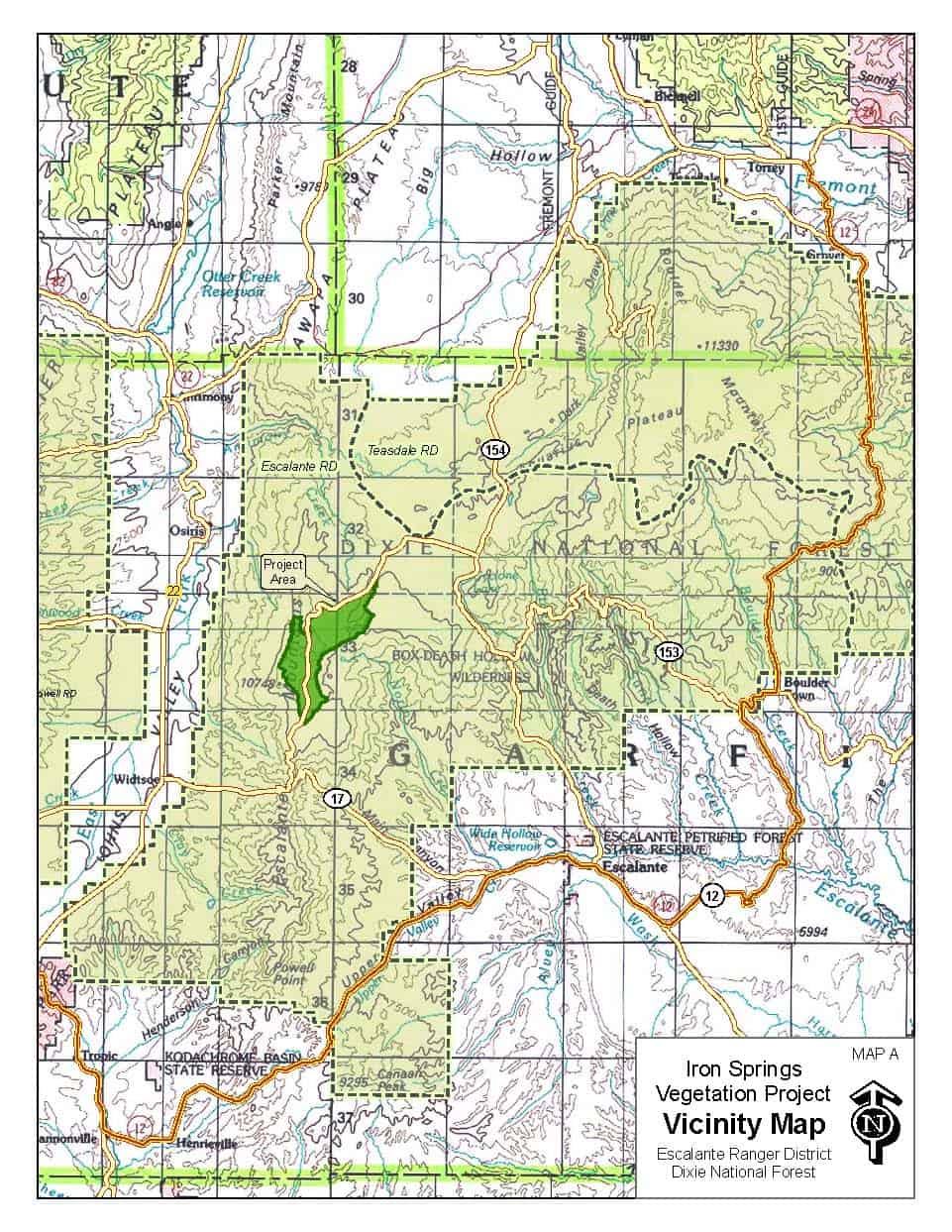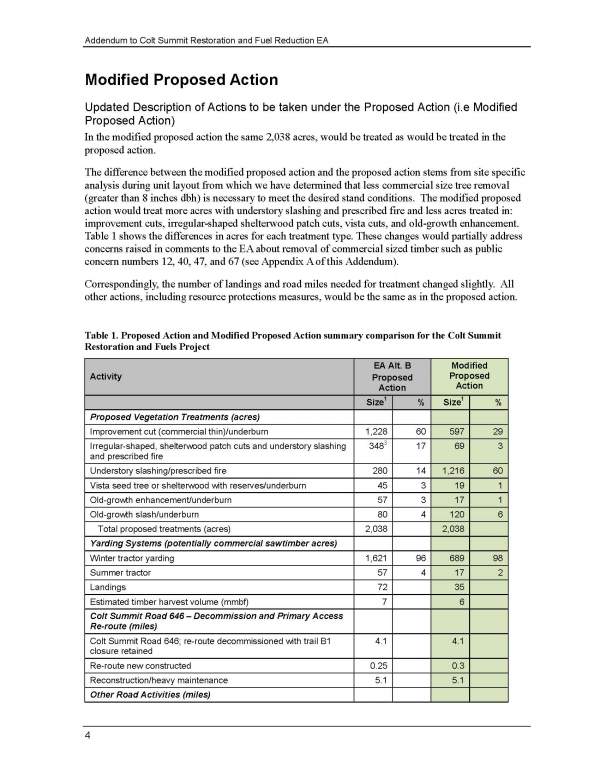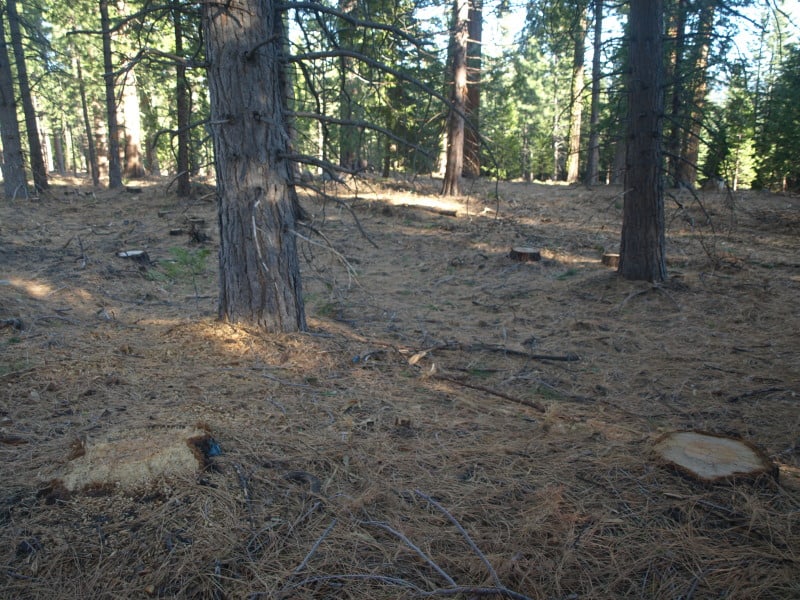The following was sent to me by the Greater Southeast Alaska Conservation Community (GSACC). If you have any questions about the release and the info contained within it, please contact the GSACC directly. Thanks. – mk
On August 16, GSACC and four other organizations filed an administrative appeal of the Tongass Forest Supervisor’s decision to proceed with the Big Thorne timber project. The appeal went to to the next highest level in the agency, Regional Forester Beth Pendleton. The appeal is known as Cascadia Wildlands et al. (2013), and other co-appellants are Greenpeace, Center for Biological Diversity and Tongass Conservation Society.
The project would log 148 million board feet of timber [enough to fill 29,600 log trucks], including over 6,000 acres of old-growth forest from heavily hammered Prince of Wales Island. 46 miles of new logging roads would be built and another 36 miles would be reconstructed. Our points of appeal encompass fundamental problems with the concept of the project, its economic problems, aquatic impacts from roading and logging, and severe impacts to wildlife including wolves, deer, bear, goshawks and flying squirrels. Our Request for Relief is that “the decision to approve the ROD and FEIS be reversed and that the project be cancelled in its entirety because of multiple failures to comply with the Administrative Procedure Act (APA), National Environmental Policy Act (NEPA), National Forest Management Act (NFMA), Clean Water Act (CWA), Alaska National Interest Lands Conservation Act (ANILCA), Tongass Timber Reform Act (TTRA), Federal Advisory Committee Act (FACA) and various regulations and policies implementing these statutes.”
Included with the appeal were three expert declarations. One is by Dr. David Person, who did 22 years wolf and other ecological research on Prince of Wales Island and recently retired from the Alaska Department of Fish & Game. It says that the predator-prey system on the island (which includes wolves, bear, people and deer) is likely at the point of collapse, with the Big Thorne project being the tipping point. Another declaration is by Jon Rhodes, an expert on the sediment impacts of logging roads and their effect on fish. The third is by Joe Mehrkens, GSACC board member and former Alaska Regional Economist for the Forest Service, on the failings of the economic analysis in the Big Thorne EIS and economic nonsense this project embodies.
The appeal and the declarations are available for viewing and download at this link. Because the appeal is 127 pages, you will likely find the clickable table of contents useful. This series of e-mails illustrates the kind of biological knowledge that the State of Alaska has withheld from the NEPA process for the Big Thorne timber sale project on the Tongass National Forest.




